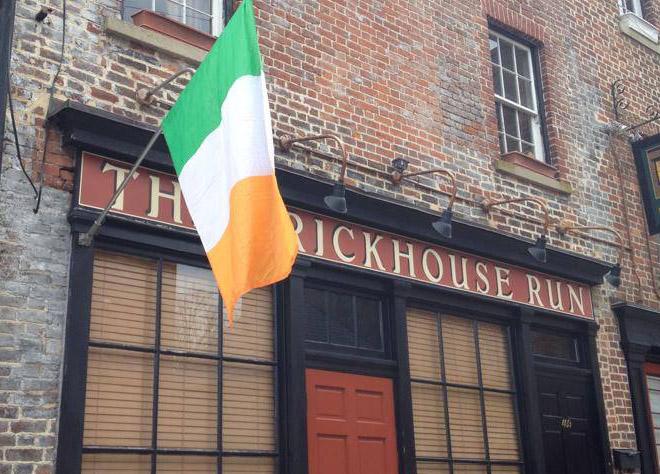Cafeteria Battles Through Reduced Sales, Increase Demand For At Home Students
By Kaylaa’ White
Students across the nation have been receiving free lunch due to the pandemic, and now according to the United States Department of Agriculture (USDA), students will continue to get free lunch throughout the 2020-2021 school year.
Administrative Associate with the Prince George County Schools Food and Nutrition Services, Joanne Moyer is involved with making sure information about the assistance reaches the community.
“The USDA (United States Department of Agriculture) felt that extending the waiver for free meals would benefit everyone during this pandemic,” Moyer said.
Although students have access to free lunches, the amount of students actually “purchasing” lunches has been consistent with previous numbers.
“The participation [in the free lunch program] is about the same as last year,” Moyer said.
There are roughly 1400 students attending Prince George High School, and out of that 1400, approximately 474 are in person students, the school’s cafeteria is bound to see a decrease in sales. Cafeteria Manager Thomas Guisto says COVID-19 has been detrimental to school cafeterias in Prince George County.
“COVID 19 has hit the cafeterias hard across Prince George considering that we are not funded by taxpayer dollars,” Guisto said.
The number of meals bought per day have decreased by more than 50% and our vending machines brought in four times the amount in per week last year, this year they’ve only made 25% percent of that sum for the entire month.
Last year, pizza shortages were a common complaint from students rushing to get a spot in long lunch lines, or dreading their assigned “D Lunch”, but this year’s pizza sales have decreased by nearly 30%.
Even though in-house purchases have decreased, the workload of our cafeteria staff has not.
“Staff prepares food daily for pick up on Thursday after school, breakfast and lunch for virtual Friday students, and Friday pickup that consist of 5 breakfasts and 5 lunches for 100% virtual students. We not only prepare daily breakfast and lunch for in-house students, but also for all food pickups. When all the food is prepared the meals are placed in a larger plastic bag along with milk and juice. In addition, the accounting for all these breakfasts and lunches served daily and pickups are very complex and time consuming for we must follow federal and state guidelines that are different from a normal school year,” Guisto said.
The preparation process mostly includes packaging the food items as well.
“Some items are pre-packed i.e. pastries and pbj. I would estimate 90% of the items are prepared by the staff, i.e. sandwiches, biscuits, fruit is washed and wrapped in individual plastic bags, vegetables are portioned and put in individual plastic bowls with a lid, and some items like chicken tenders, corn dog nuggets, etc. are portioned and put in individual plastic bags.”
Currently, students 18 and under qualify for free lunches, and concerns have been raised about certain aid qualifications for students applying to college, but as of now Moyer has no information about how this could affect them.
“At this time, no guidance has been provided as to what impact the possible aid given will be. However, we are encouraging all families to fill out a meal application. Applications are available at each school, and online at the Prince George County Food & Nutrition website,” Moyer said.





























